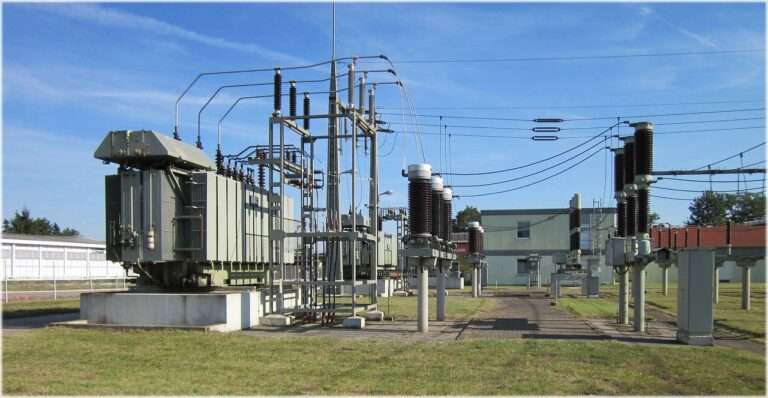Thermistor vs RTD Accuracy: An Important Overview
Thermistors and RTDs (Resistance Temperature Detectors) are two types of temperature sensors widely used for their precision and accuracy in various applications. In this comprehensive comparison, we will explore the differences in thermistor vs RTD accuracy, highlighting both well-known and technical distinctions.
Table of Contents

Thermistor vs RTD Accuracy
Principle
Thermistors are temperature sensors with a semiconductor foundation. They show a very complex relationship between resistance and temperature. A thermistor’s resistance reduces in a nonlinear manner as temperature rises.
RTDs make use of the linear relationship between resistance and temperature, and the sensing element is frequently made of pure platinum. An RTD’s resistance rises linearly as the temperature rises.
Nonlinearity
Due to the substantial nonlinearity of Thermistors, a narrow temperature range is where the resistance shift is most noticeable. Their total accuracy may be influenced by the linearity deviation.

RTDs are easier to calibrate and correct for temperature inaccuracies because they are essentially linear and their resistance-temperature connection follows a predictable, straight line.
Measurement Range
The measurement range of Thermistors is normally restricted; it is frequently between -50°C and 150°C. When the temperature changes stay within this range, they are appropriate for use.
RTDs often span a wider temperature range, from -200 °C to about 600 °C. The fact that they work well throughout a wide range of temperatures is evidence of their precision and linearity in this range.
Accuracy Over Range
Thermistors typically have accuracies between 0.1°C and 0.2°C, which is a high level of accuracy for their small operating range. However, when employed outside of their intended range, this accuracy declines..
RTDs are suitable for high-precision applications because they retain a more constant accuracy over their entire range, frequently delivering accuracies within 0.1°C to 0.01°C.

Self-Heating
RTD vs Thermistor Accuracy: Thermistors’ built-in resistance causes some self-heating as a current passes through them. Accuracy may be impacted by this self-heating, particularly in low-temperature applications.
RTDs typically show little self-heating, which increases their accuracy and stability—even at low temperatures—in a variety of conditions.
Long-Term Stability
Thermistor vs RTD Accuracy: RTDs are known for their long-term stability, as they are not as prone to drift over time as thermistors, which can experience drift due to the nonlinear resistance-temperature curve.
Applications
Thermistors are frequently employed in applications with a constrained temperature range, such as consumer electronics, HVAC systems, and automotive engine control systems.
RTDs are used in situations where accuracy and precision are crucial, such as laboratory equipment, pharmaceutical production, and industrial processes that call for exact temperature control.
In conclusion, thermistor vs RTD accuracy differs in ways that go beyond how they relate to resistance and temperature. Thermistors are excellent within their narrow measuring range and can provide good precision, but because of their nonlinearity, they are less precise outside of this range. When comparing thermistor vs RTD accuracy, it becomes evident that RTDs offer a more consistent temperature measurement across a wider range.
Engineers often choose RTDs over thermistors for industrial processes where high thermistor vs RTD accuracy is essential. RTDs are the preferable option for applications requiring constant accuracy and dependability over a broad temperature range because they provide linear, stable, and high-precision temperature measurements over a wider range.
Follow us on LinkedIn”Electrical Insights” to get the latest updates in Electrical Engineering. You can also Follow us on LinkedIn and Facebook to see our latest posts on Electrical Engineering Topics.
Worth Read Posts




